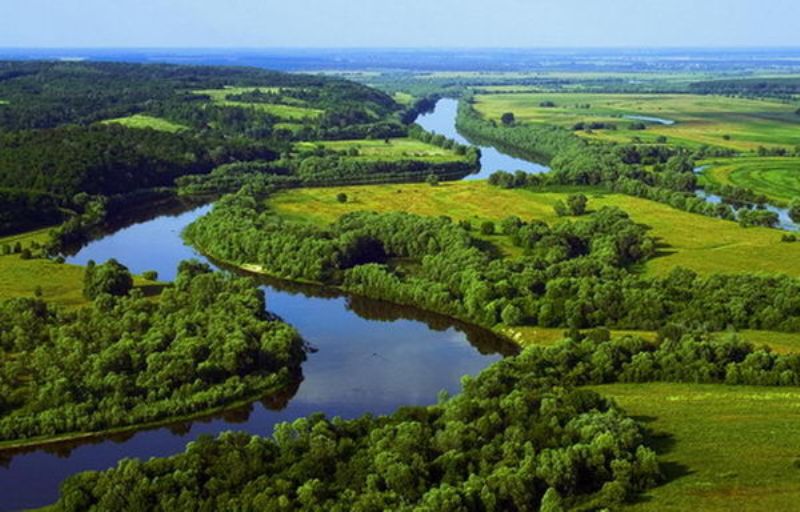Regarding the situation with drinking water supply caused by the pollution of the Sejm River

The problem of drinking water quality in wartime is particularly urgent. As a result of hostilities, the risk of contamination of water sources increases, the reliability of the water supply decreases, and access to drinking water deteriorates. Due to the destruction of centralized water supply and sewage systems, tap drinking water may be unavailable or a factor in the increase in morbidity and mortality.
In August 2024, monitoring in the Sumy region revealed water pollution in the Seim River that occurred in Russia. The results of in-depth tests confirmed the absence of toxic substances in the river water and the excessive values of the following indicators: epidemic safety, organoleptic, iron, manganese, and those characterizing the content of organic substances. As the contaminated water moved along the Seim and then to the Desna rivers, its composition gradually improved. It is expected that in a few days, when the contaminated water from the Desna River reaches the drinking water intake of the Desnianska water supply station in Kyiv, its composition will allow using the drinking water treatment technology improved by the specialists of PJSC Kyivvodokanal to bring the quality of drinking water to the requirements of the State Sanitary Rules and Regulations “Safety Indicators and Certain Indicators of Drinking Water Quality in Martial Law and Other Emergency Situations” (Sanitary Rules and Regulations 2022), approved by the Order of the Ministry of Health of Ukraine No. 683 dated April 22, 2022, registered with the Ministry of Justice of Ukraine No. 564/37900 dated May 25, 2022.
It should be noted that the requirements of the 2022 Sanitary and Chemical Regulations are less stringent in terms of some sanitary and chemical indicators than the requirements of the Sanitary and Chemical Regulations 2.2.4-171-10 “Hygienic Requirements for Drinking Water Intended for Human Consumption,” which in some cases may negatively affect the condition of pipelines and household appliances, but guarantee the safety of drinking water for public health. In addition, the 2022 Sanitary and Epidemiological Requirements for Drinking Water for the first time defines the procedure for monitoring the quality of drinking water due to the possibility of its contamination by weapons of mass destruction.
Therefore, in the context of military operations on the territory of Ukraine, tap drinking water produced from surface water of watercourses and reservoirs should be considered water of non-guaranteed quality. To minimize potential risks to human health, NAMSU institutions should have an alternative to the appropriate water from the centralized drinking water supply system.
In the absence of access to quality water supply, it is recommended to use groundwater from wells drilled into protected aquifers. Such water can be obtained from a personal or leased well or under a drinking water supply agreement with a drinking water supply or food industry enterprise whose activities are related to the production of drinking water (tap water, packaged or intended for bottling in personal containers).
Drinking water can be delivered in sealed containers or tank trucks, cisterns, or other transportation containers and then poured into the consumer’s container for storing drinking water. It is forbidden to pour drinking water into a container with the remains of drinking water or any liquid. The shelf life of drinking water in the consumer’s container should not exceed 24 hours, provided it is stored in a clean, closed container at a temperature of 5°C to 20°C in places protected from direct sunlight. After the shelf life of such water expires, it can be used as technical water.
Laboratory of Surface Water Safety of the SI “IPH NAMSU.”
(date of publication on the website 13.09.2024)